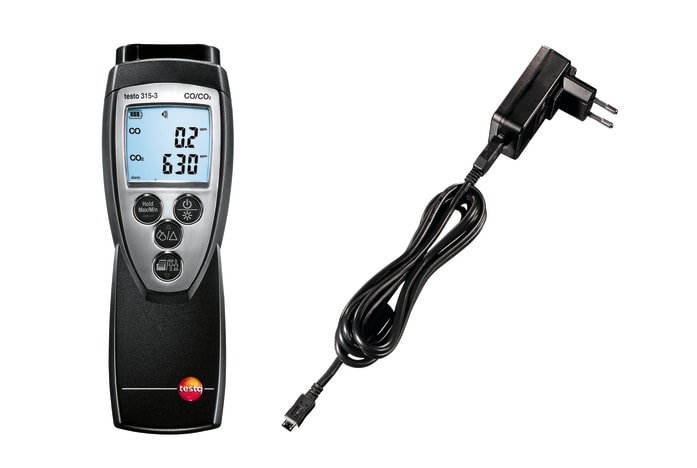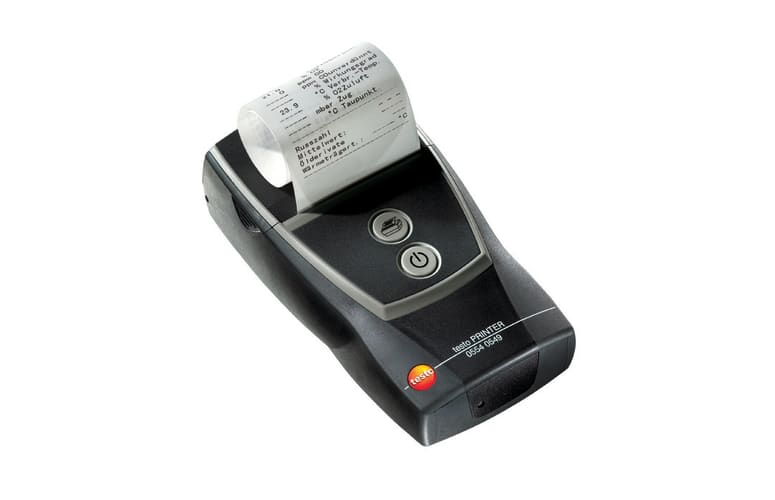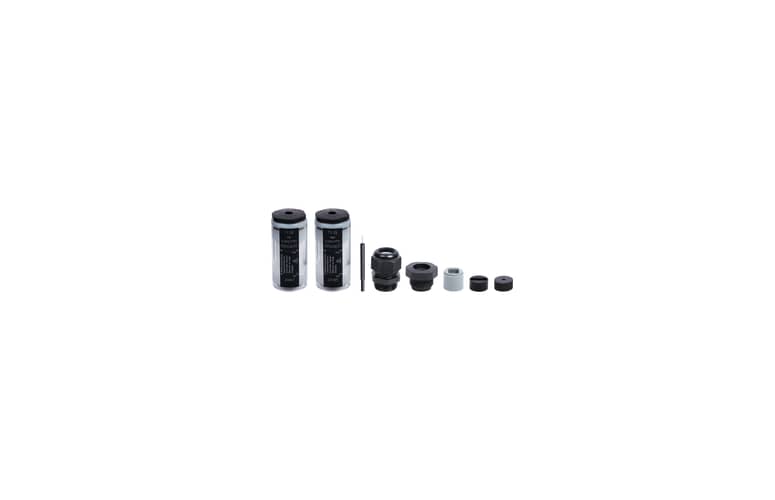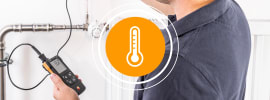- Home
- testo 315-3 bez Bluetooth
testo 315-3 bez Bluetooth - Miernik do pomiaru
CO/CO2 w otoczeniu
Nr produktu. 0632 3153



testo 315-3 bez Bluetooth - Miernik do pomiaru
CO/CO2 w otoczeniu
Nr produktu. 0632 3153Opis
Zakres dostawy
Dane techniczne
Ogólne dane techniczne
| Wilgotność pracy | 0 do 95 %RH |
|---|---|
| Waga | 200 g |
| Wymiary | 190 x 65 x 40 mm |
| Temperatura pracy | 0 do +40 °C |
| Klasa zabezpieczenia | IP40 zgodnie z EN 60529 |
| Standardy | zgodność z EN 50543 |
| Wytyczne EU | 2004/108/EG |
| Interfejs | IRDA / opcjonalnie Bluetooth® |
| Typ baterii | Lithium polymer rechargeable battery |
| Żywotność przechowywania baterii | 10 h measurement time (at +20 °C/+68 °F) / Mains operation possible |
| Ładowanie | In instrument via charger |
| Opcje ładowania | w mierniku za pomocą ładowarki |
| Temperatura składowania | -20 do +60 °C |
Akcesoria
Akcesoria

0516 0191

0554 0549

0554 0660
Zastosowania
CO / CO2 measurement in the heated environment
Carbon monoxide (CO) is a colourless, odourless and taste-free gas, but also poisonous. It is produced during the incomplete combustion of substances containing carbon (oil, gas, and solid fuels, etc.). If CO manages to get into the bloodstream through the lungs, it combines with haemoglobin thus preventing oxygen from being transported in the blood; this in turn will result in death through suffocation. This is why it is necessary to regularly check CO emissions at the combustion points of heating systems and in the surrounding areas.
Measuring humidity
Humidity is an important parameter for health and comfort. Above all, relative humidity is the significant factor - it indicates the extent to which air is saturated with water vapour.
With relative humidity of 50%, the air contains just half the maximum amount of water vapour that it could at the right temperature. At 100% relative humidity, the air is completely saturated with water vapour. If 100% saturation is exceeded, the excess moisture condenses into condensate.
Therefore, relative humidity can indicate how fast evaporation will take place or the likelihood of condensation forming. As the evaporation of moisture through skin is determined by the relative humidity of the ambient air, the latter is an important parameter for the feeling of comfort.
Therefore, health authorities recommend relative humidity of around 50% for living spaces and offices. However, in closed, well ventilated and well heated rooms this value is often not attained, which may have an adverse effect on breathing, skin and mucous membranes. This is particularly the case in winter, as the cold outside air only has a low absolute humidity; when this is warmed up to room temperature, the relative humidity drops dramatically. On the other hand, excessive humidity prevents proper regulation of the body temperature through sweating, and is therefore quickly experienced as being humid.
Pliki do pobrania
Broszury produktów
- Broszura testo 315-3(pdf, 2.64 MB)
Instrukcje obsługi
- EU declaration of conformity testo 315-3(pdf, 31.36 kB)
- Instruction manual testo 315-3(pdf, 1.1 MB)





























